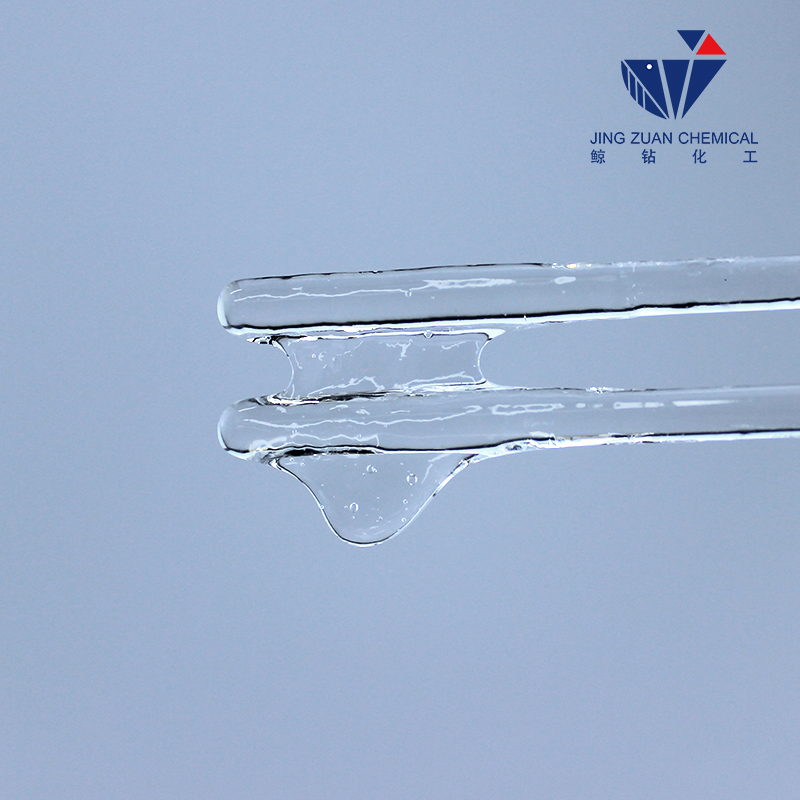
Aug . 09, 2024 00:25 Back to list
Exploring the Applications and Benefits of Hydroxypropyl Methyl Cellulose in Various Industries
Understanding Hydroxypropyl Methylcellulose (HPMC) Properties, Applications, and Safety
Hydroxypropyl methylcellulose (HPMC) is a versatile polymer derived from cellulose, a natural polymer obtained from plant cell walls. The chemical structure of HPMC features hydroxypropyl and methyl groups added to the cellulose backbone, which modifies its properties and enhances its utility in various applications. With the CAS number 9004-65-3, HPMC is recognized for its unique characteristics, making it a valuable ingredient in diverse industries, including food, pharmaceuticals, cosmetics, and construction.
Understanding Hydroxypropyl Methylcellulose (HPMC) Properties, Applications, and Safety
In the pharmaceutical industry, HPMC plays a crucial role as an excipient in drug formulations. Its film-forming abilities make it ideal for creating controlled-release medication systems. By modulating the release rate of active pharmaceutical ingredients (APIs), HPMC ensures that dosages can be delivered at a slower, more consistent rate, improving the efficacy of treatments and enhancing patient compliance. Furthermore, HPMC is also utilized in ophthalmic preparations, as it is well-tolerated by the eye and provides lubrication and viscosity in eye drops.
hydroxypropyl methyl cellulose cas no

HPMC’s application extends to the cosmetic industry, where it is used in lotions, creams, and gels. It acts as a stabilizer in emulsions, helping to maintain the uniformity of oil and water mixtures. Additionally, HPMC is incorporated into hair care products, enhancing the texture and ease of application, as well as providing moisture retention properties. Its non-ionic nature and lack of allergenic potential make HPMC a desirable ingredient for sensitive skin formulations.
The construction industry also benefits from HPMC's unique properties, where it is used as a building material additive. In cement-based formulations, HPMC enhances the workability of mortars and plasters, allowing for better adhesion and reducing the risk of cracking. It also improves water retention in dry mixes, ensuring that the materials can be easily worked and spread before hardening.
Safety and regulatory aspects of HPMC have been extensively studied. It is considered non-toxic and has received approval from various health and safety regulatory agencies worldwide, including the FDA, which recognizes its use in food and pharmaceutical applications. HPMC’s low reactivity and minimal environmental impact contribute to its acceptance in numerous formulations, enhancing its reputation as a safe ingredient.
In summary, hydroxypropyl methylcellulose is a multifunctional polymer with extensive applications across various industries. Its unique properties, such as thickening, emulsifying, and film-forming capabilities, make it an essential component in food, pharmaceuticals, cosmetics, and construction. With its recognized safety profile and versatility, HPMC continues to be a valuable resource for manufacturers looking to improve product performance and consumer satisfaction. Whether in enhancing the texture of a favorite food item or ensuring the effectiveness of a medication, HPMC's contribution to modern formulations is significant and ongoing.
-
Unlocking the Benefits of HPMC Products: A Gateway to Versatile Applications
NewsAug.07,2025
-
Unleashing the Potential of HPMC Ashland: A Comprehensive Look
NewsAug.07,2025
-
Tile Bonding Cellulose: The Key to Superior Adhesion and Durability
NewsAug.07,2025
-
Hydroxypropyl Methylcellulose Powder: The Versatile Component in Modern Pharmaceuticals
NewsAug.07,2025
-
Hydroxyethyl Cellulose: The Versatile Solution for Various Industries
NewsAug.07,2025
-
Hydroxyethyl Cellulose (HEC): The Versatile Polymer for Various Applications
NewsAug.07,2025







